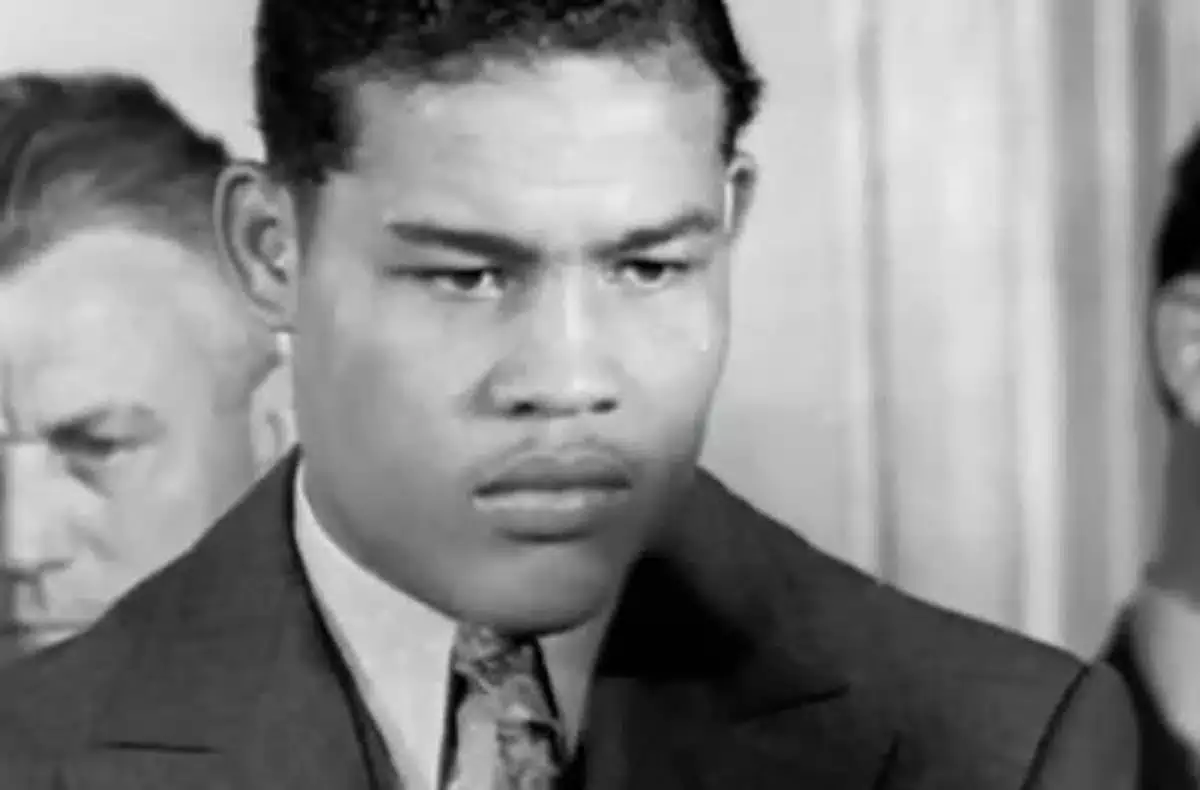Teddy Atlas, a name synonymous with boxing commentary and analysis, has once again stirred the pot with his latest podcast episode on “The Fight,” where he unpacks his vision of the top ten greatest heavyweight boxers in history. Atlas delivers his opinions with palpable passion, engaging his audience with insight and fervor that only a lifelong devotee of the sport could muster. However, as many boxing aficionados can attest, discussions about “greatness” are peppered with personal biases and emotional attachments. Thus, while Atlas’ list is largely reflective of his expertise, it invites scrutiny from varied perspectives, especially from fans who hold particular fighters dear to their hearts.
The Underrated Lewis and the Beloved Holmes
Starting his list from the tenth position, Atlas places Lennox Lewis—a pugilist who had his fair share of critics—at a relatively high rank. While some might question the integrity of this choice due to Lewis’s past knockout losses, Atlas cleverly defends it by emphasizing Lewis’s resilience. Coming back from setbacks is a hallmark of true champions, yet it’s also a reminder of how dynamic the landscape of heavyweight boxing can be.
Next on the list is Larry Holmes, who Atlas controversially declares as possibly possessing “the best jab in heavyweight history.” Though opinions differ, one cannot deny that Holmes revolutionized how a jab can dictate the flow of a boxing match. Most notable is his undefeated streak for a large portion of his career, which goes to show the linear progression between skill and success in heavyweight boxing.
The Giants of Yesteryear: Dempsey and Tunney
Jack Dempsey, often viewed as an icon of American boxing, sits at eighth place. Atlas fervently argues his case for Dempsey by asserting that he was involved in some of the sport’s most monumental contests. Yet, while nostalgia is powerful, Dempsey’s historical relevance often overshadows his overall defensive deficiencies.
Gene Tunney is next, ranked seventh, and is portrayed by Atlas as both an intellectual and a master in the ring. His “bookish” demeanor juxtaposed with his physical prowess presents a unique duality that was not commonplace in his era. Tunney’s victory over Dempsey is seminal, highlighting strategy over brute force, suggesting that boxing can be as much a mental battle as it is physical.
An Open Spot: Atlas’ Unique Engagement with Fans
Atlas makes a bold move by leaving the sixth spot open, inviting audience participation to fill it. This departure from traditional ranking methods underscores Atlas’’s engagement with fans, making it a two-way street—a much-needed touch in a sport that can feel elitist. Such an approach shows that, even for an expert, the narrative around these athletes is shared among fans, and each fighter’s legacy can be a collective story rather than an isolated declaration.
Foreman and Marciano: The Powerhouses
George Foreman follows at fifth, celebrated for his transformative story of revival and redemption. Atlas’s description of him as an embodiment of reincarnation strikes a chord, presenting Foreman not merely as a boxer but as a cultural icon whose career eclipsed the sport. His capacity to reinvent himself in later years, both in and out of the ring, reveals that a boxer’s greatness can stem from resilience and adaptability, making it a point of contention among purists who might question his heavyweight credentials.
In fourth place, Rocky Marciano is heralded as an “underrated” enigma. Atlas emphasizes Marciano’s ring IQ in defining him against a backdrop of greats like Jersey Joe Walcott. The legendary knockout in the 13th round demonstrates not just talent but an intuitive genius—a quality that cements him as a notable candidate in the pantheon of heavyweight champions.
Trailblazers: Johnson, Ali, and the Indomitable Louis
In positioning Jack Johnson as the third-greatest, Atlas recognizes the barriers Johnson shattered by becoming the first Black heavyweight champion. However, the real value in Johnson’s inclusion lies in the emphasis on his multifaceted boxing skills—his ability to blend offense and defense, an essential quality for anyone vying for greatness.
The reverence for Muhammad Ali resonates through Atlas’s mention as he places him second. What stands out in Ali’s ranking is not merely his speed and skill but the broader impact he had on boxing and society. Through his fights, Ali redefined not just what it meant to be a heavyweight but also what it meant to advocate for personal beliefs in the public sphere.
Topping the list is Joe Louis, the “brown bomber,” who, according to Atlas, was the epitome of greatness. The emotional weight of his legendary match against Max Schmeling—set against the political turmoil of his time—cements Louis’s legacy not only within boxing but in American history. Here, Atlas illustrates how boxing transcends sport, becoming a reflection of societal struggles and triumphs.
In this passionate ranking of boxing legends, Atlas delivers not just a list but an intricate tapestry of narratives that define what it truly means to be a heavyweight champion. While the debate may rage on, the legacies of these titans continue to inspire new generations, proving that the world of boxing is as dynamic as the fighters themselves.

